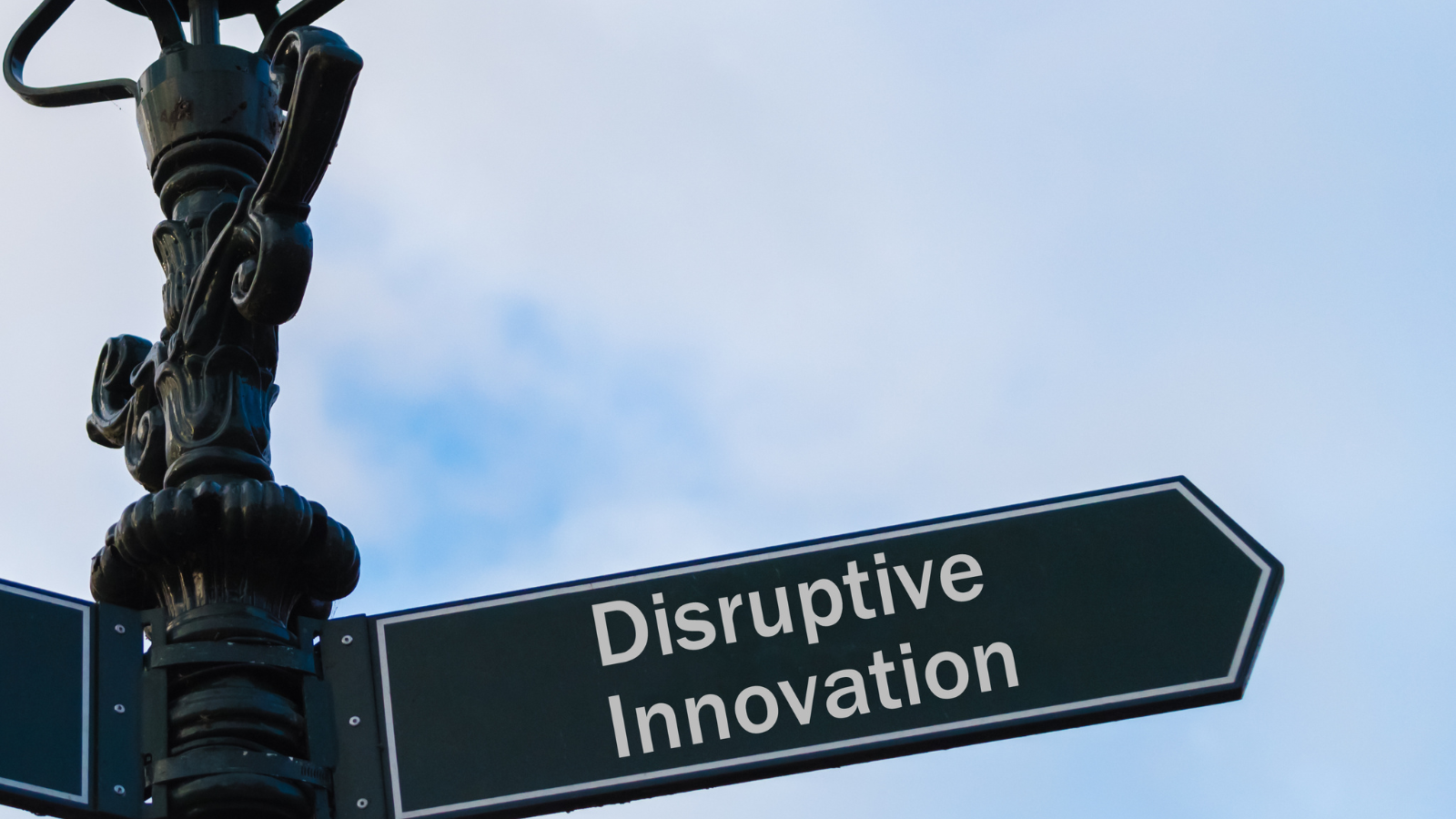What is disruptive innovation?
Disruptive innovation is a process in which a product, service, or business model starts by targeting overlooked or underserved segments of the market-often with simpler, more affordable, or more accessible solutions-and eventually moves upmarket to challenge and displace established competitors. The concept, introduced by Clayton Christensen in the mid-1990s, explains how smaller companies with fewer resources can successfully challenge industry giants by transforming expensive or sophisticated offerings into ones that are widely accessible.
Key takeaways
Market transformation
Disruptive innovation fundamentally changes how industries operate by making products or services more affordable and accessible to a broader population.
Starts small, grows big
Disruptive innovations typically begin in niche or underserved markets and are often ignored by incumbents because they initially serve low-margin or low-demand segments.Not just new technology
Disruption is not solely about breakthrough technology; it requires an enabling technology, an innovative business model, and a value network where partners, suppliers, and distributors also benefit from the new approach.Displacement of incumbents
As disruptive innovations improve and gain traction, they move upmarket, eventually overtaking established players who may have initially dismissed the innovation as insignificant.
Why disruptive innovation matters?
Disruptive innovation renews industries by creating entirely new markets and making previously exclusive products and services widely accessible and affordable. This process fuels entrepreneurship, enabling startups and small businesses to challenge established players and quickly seize market share. As disruption spreads, incumbent companies are compelled to adapt and innovate or risk obsolescence, leading to enhanced products, services, and business models that benefit consumers with greater choice, value, and convenience.
How disruptive innovation works

Identify overlooked markets
Target customers who are underserved or ignored by existing solutions.
Develop an enabling technology or business model
Create a simpler, more affordable, or more convenient offering that meets the needs of these segments.
Gain a foothold
Build a customer base in a niche market, which often has lower margins and less competition.
Improve and scale
Gradually enhance the product or service, moving upmarket to attract mainstream customers and challenge incumbents.
Displace established players
As adoption grows, the disruptive innovation redefines industry standards and can overtake or transform existing leaders.
Impact on business and society

Expands availability of products/services to new customer groups.
Forces existing firms to innovate or risk obsolescence.
Drives down prices, increases choice, and improves convenience.
Spurs new business creation and job opportunities.

Real-world examples

Case study: Amazon
Amazon started as an online bookstore, disrupting traditional book retailers with a broader selection and greater convenience. By quickly expanding into new categories, it transformed into a global e-commerce giant, forcing established stores to adapt or be left behind.
Frequently asked questions about disruptive innovation?

